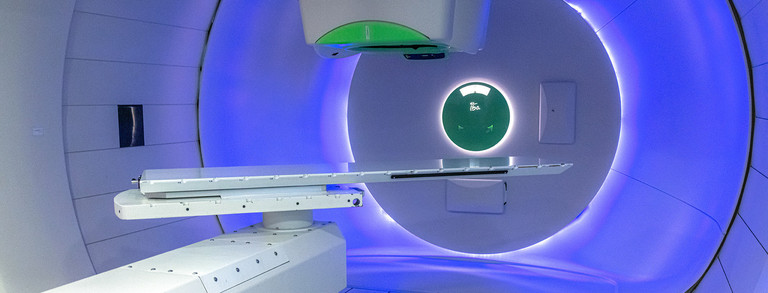Instrumentation and methods
The high precision in the application of irradiation dose in PT makes it important to understand the proton field and its delivery to a very high degree as well as the resulting dose distribution delivered to the patient. Task Area 1 aims to improve beam delivery and the understanding of the resulting dose distribution in the patient.
The approach is multidisciplinary and involves aspects of physics, electronics and instrumentation, computer science and medicine: The improved understanding of dose distributions will be achieved by transferring semiconductor technology from the field of high-energy particle physics to PT, leading to the development of novel instruments, by adapting complex ML algorithms for fast and accurate dose predictions in PT treatment, and by combining the temporal structures of advanced PT beam shaping and delivery methods with circulating blood flow models, resulting in unprecedented spatiotemporal dose distributions in patients. The improvement of beam delivery is achieved by patient-specific sharpening of field edges by synergistically combining two successful shaping approaches.
Imaging the radiological thickness using proton fields and modern semiconductors
Image-guided learning of dose distributions
Field design in pencil-beam scanning mode combined with collimating apertures for small lesions and mobile tumors
Circulating blood as an organ at risk: a dynamic framework for dose calculation during advanced radiation therapy



